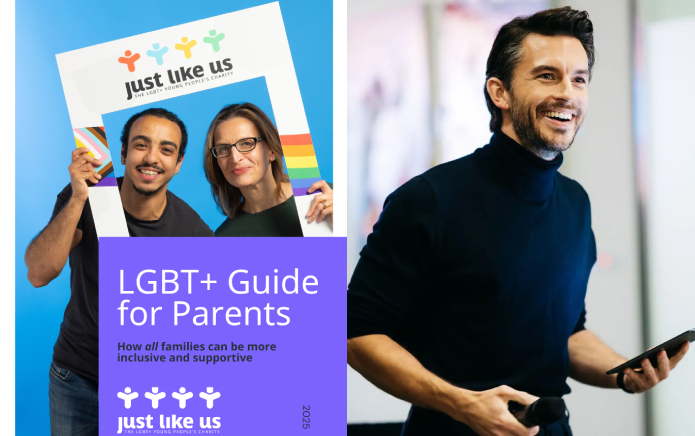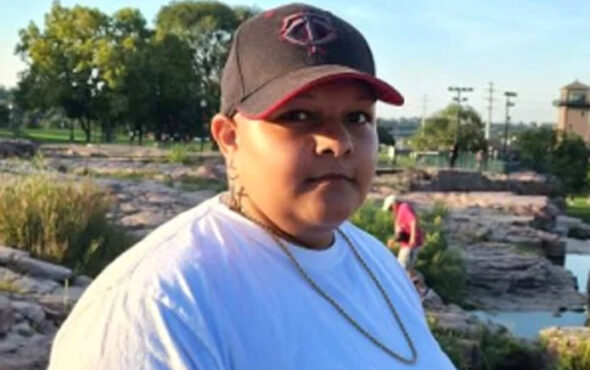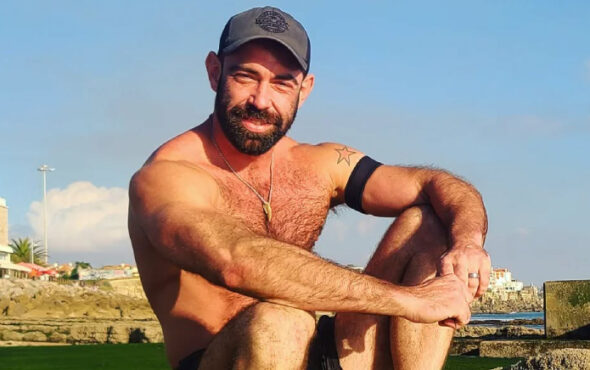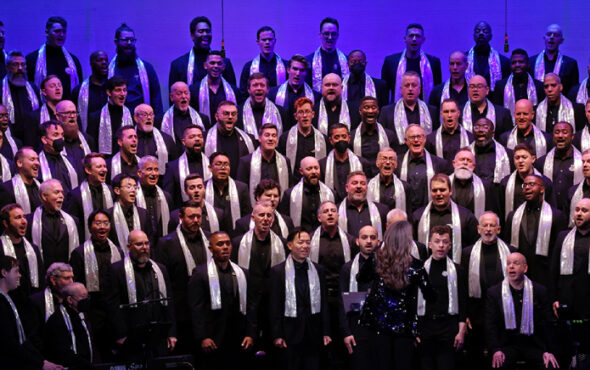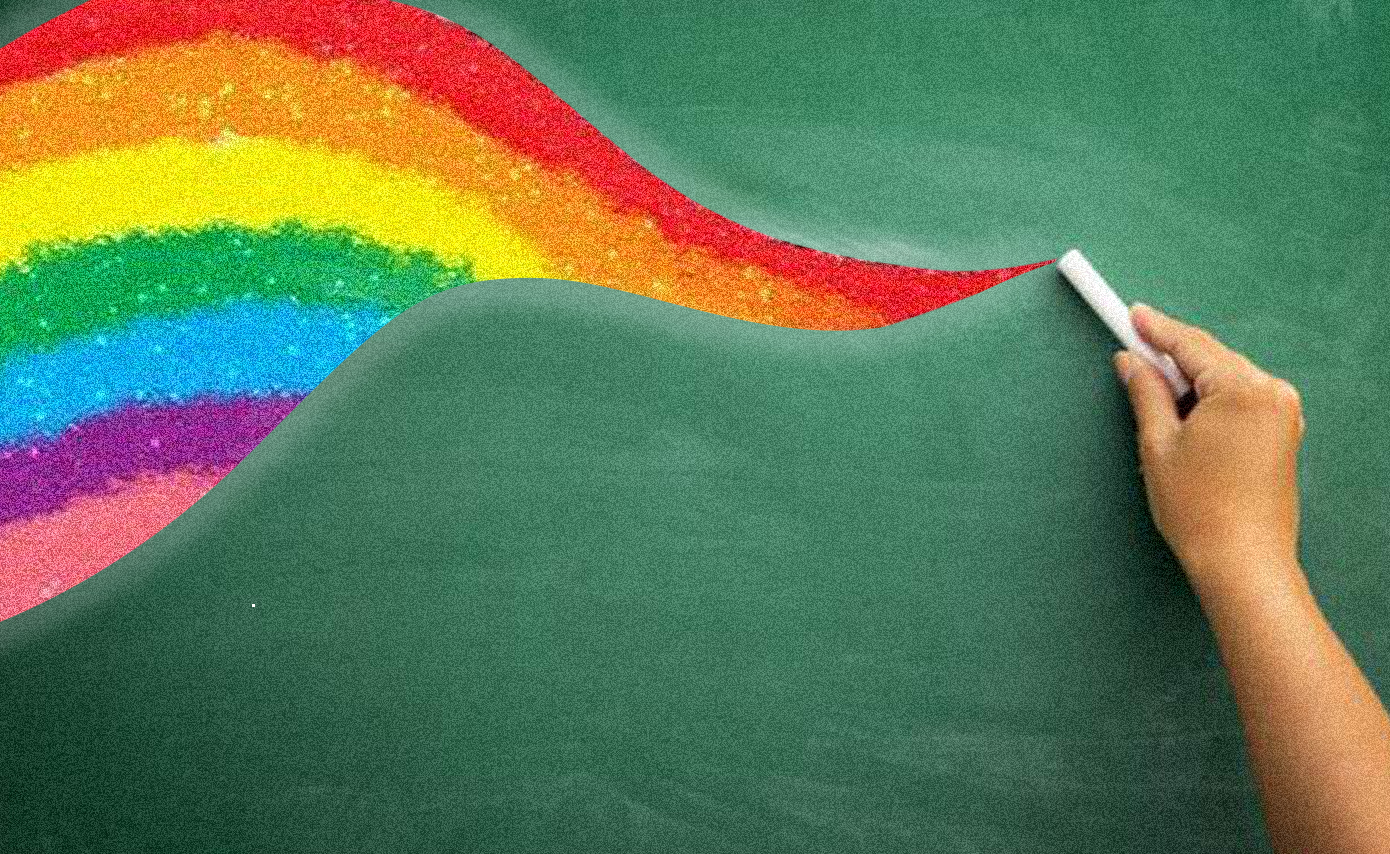
This autumn, I start training to become a secondary school music teacher. If you’d have told that to my teenage self 10 years ago, he would have laughed in your face. For that young closeted kid, school was a hellscape. Bullies roamed the corridors, lessons were boring, and teachers ‘just didn’t get it.’ I would never want to go back there. But now, as an out and proud queer person, I realise that I have the opportunity to be the change I once needed.
In school, I was a boy who didn’t play sports, most of my friends were girls, and I loved music. I was a very easy target for bullying. I tried my best to ignore most of it, but one time it got so bad that I couldn’t. I had been receiving homophobic hate and death threats on Facebook, and out of fear, I skipped several school days. When I told my teacher, I was told to shut down my profile, to ignore the threats, and to stop using the internet altogether. I was the victim, yet my privileges were revoked, while the bullies remained free to terrorise online. I felt like nobody was on my side, and that’s a moment that has always stuck with me. My school failed to provide the support services I needed. I needed to feel safe. I needed somebody accepting to talk to. I needed role models.
My school failed to provide the support services I needed. I needed to feel safe. I needed somebody accepting to talk to. I needed role models.
I like to think that nowadays, young people are more open and accepting. Since I started visiting schools as an Ambassador with Just Like Us, I’ve noticed a much more positive attitude from students towards LGBTQ+ people than what was there when I was in school myself. But the truth is that thousands of LGBTQ+ young people still face struggles at school that their straight cisgender peers do not. The National LGBT Survey finds that mental health issues disproportionately affect LGBTQ+ people.
On top of that, research by Just Like Us suggests three in four LGBTQ+ students will experience homophobic, biphobic or transphobic bullying at school, while research from Stonewall suggests that for seven out of 10 LGBTQ+ young people bullying has negatively affected their grades. Perhaps most frightening of all is the statistic that two in five LGBTQ+ students will contemplate suicide. With help from teachers however, that can change. US-based charity, The Trevor Project, suggests that LGBTQ+ young people are 40% less likely to attempt suicide if they have just one accepting adult in their lives, and it’s likely the same is true in the UK. That is why I want to be a teacher. I want to be that accepting adult.
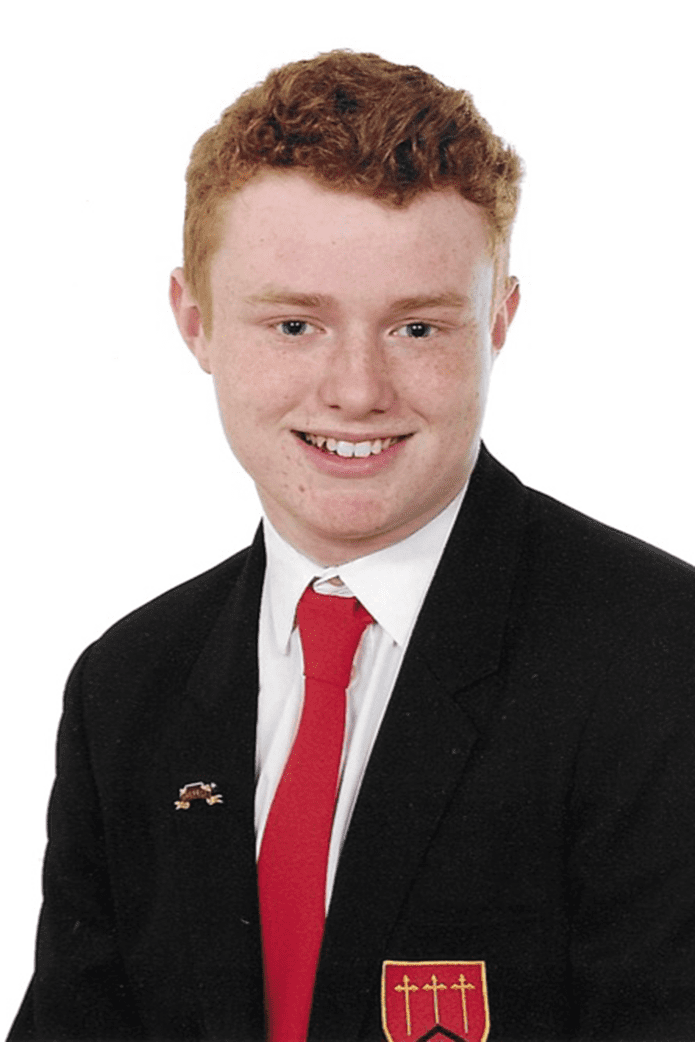
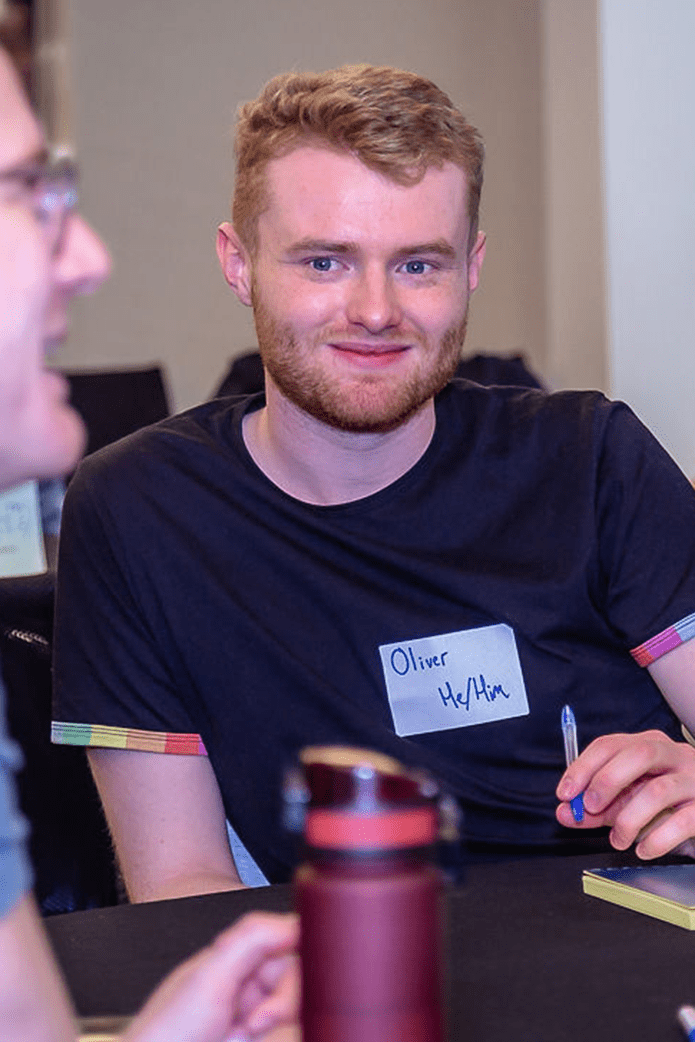
The coronavirus pandemic has shown how important it is for teachers to build impactful one-to-one supportive relationships with their students. This is even more urgent for the LGBTQ+ kids who may feel isolated at home with a family who doesn’t understand them. This September, I want to make sure that LGBTQ+ young people get the allyship they need to have a positive school experience – no matter what that looks like under the ‘new normal’. That starts with making sure that my students see me as an approachable and understanding figure that they can trust to support them no matter their identity. But the work doesn’t stop there.
The resurgence of the Black Lives Matter movement has opened many people’s eyes to the broader missed opportunities in education. Many are calling for the national curriculum to be updated to include positive and diverse representations of black people. The truth is, our curriculum needs to be broadened in a hundred different ways to make space for all types of people who have contributed to human knowledge and history. In a curriculum like this, students would recognise themselves in black historians, working class scientists, trans writers, queer performers and disabled activists. To some, this seems radical – but it’s nothing that wealthy white straight cisgender able-bodied young men don’t already have the privilege of seeing in textbooks. This would also avoid the tokenism that occurs when representation relies so heavily on ticking the diversity checkbox once.
I want to make sure that LGBTQ+ young people get the allyship they need to have a positive school experience – no matter what that looks like under the ‘new normal’.
When I visited a Liverpool school with Just Like Us, I talked about how important it was for me as a young queer person to discover LGBTQ+ musicians I could look up to. The only queer artist these students knew was Freddie Mercury. Not Prince, not Janelle Monaé, not Conchita Wurst. Just one person who died 15 years before they were born. Freddie was a brilliant artist, but representation isn’t a one-size-fits-all matter. It’s crucial that we introduce students to role models from all demographics – not just the ones we know from our own lives.
School should be a place where students can learn and discover new information that maybe inaccessible to them at home, such as the Stonewall riots or the history of marriage equality. For the young closeted kid I once was, a diverse and inclusive education would have made the world of difference, and shown me that there were people who would always be there to fight my corner. Teach your students about Marsha P. Johnson. Teach your students about Keith Haring. Teach your students about Jóhanna Sigudardóttir. By making sure all students have a positive role model that they can identify with, I can make sure no student I teach goes through school feeling alone.
